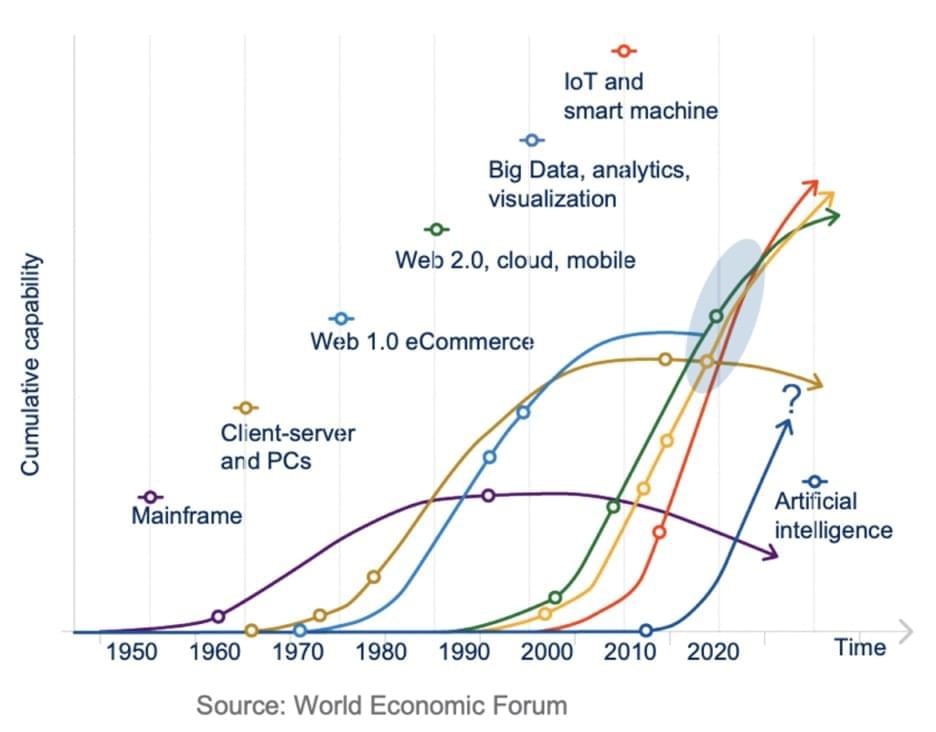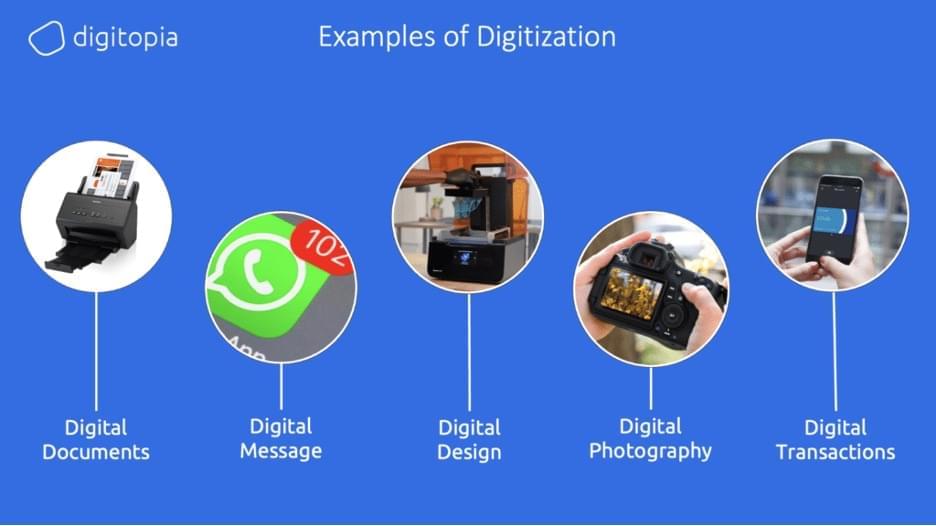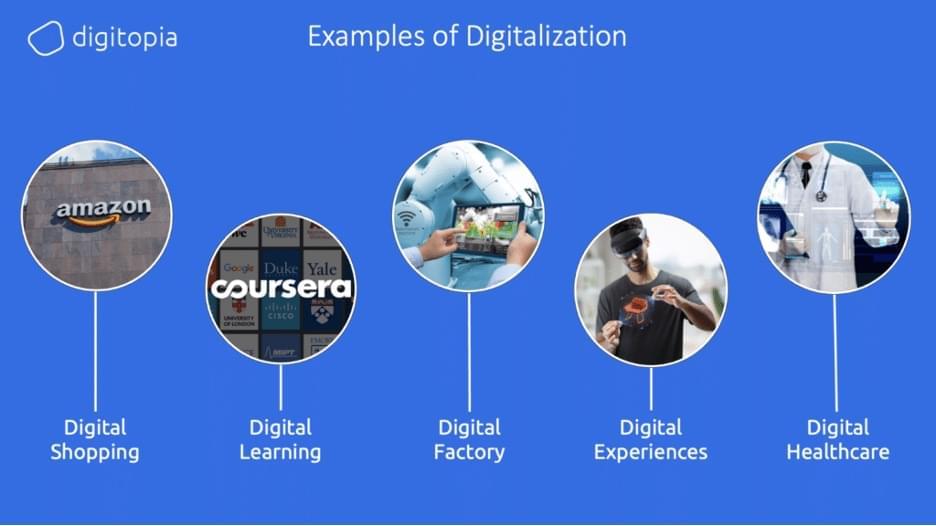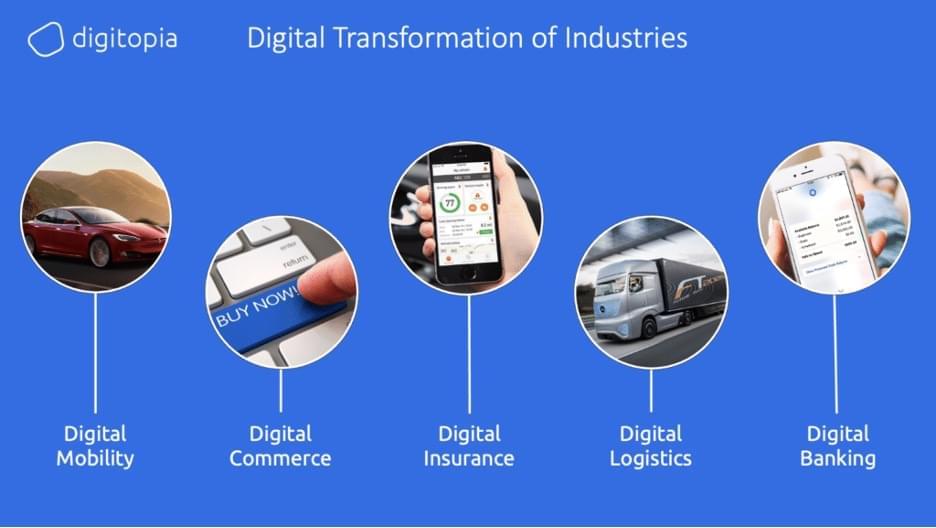
Intertwined with the history of Silicon Valley, California, Hewlett-Packard Enterprise (now differentiated from HP Inc., which became a separate entity in 2016) transformed the landscape and the culture of the area. Bill Hewlett and David Packard first solidified their partnership in a small garage in Palo Alto, the city that is now historically landmarked as the “Birthplace of Silicon Valley.” You know the place; now home to major tech companies like Facebook, Apple Inc., Twitter, Netflix, the list goes on…
In the 1930s the valley was largely agricultural, with orchards and farms dotting the hills. Bill and Dave’s success transformed the landscape and the culture of the area.
Over the years, the name Hewlett-Packard (HP) has become synonymous with high-tech innovation. From its early days in 1939 right up to the present, HP’s growth has been fueled by one technological breakthrough after another. But what really sets HP apart isn’t technology, but the visionary management style created by these founders.
True visionaries, Bill and Dave understood that to be successful, one must focus on the health, humanity, and empowerment of their employees. Only a dream to many in the labor force, today, we can all stand to benefit from their employee-centric business model.
The company grew into the world’s largest producer of electronic testing and measurement devices. It also became a major producer of calculators, computers, and laser and inkjet printers. It is very difficult to argue against HP’s success.
So how did they pull it off?
The two first met while attending undergraduate classes at Stanford University. As young hustlers, Bill and Dave began discussing forming a company in August 1937, and officially founded the Hewlett-Packard Company as a partnership on January 1, 1939.
Now, for the coin toss.
In his book, The HP Way, Packard mentions how the duo decided the order of the acronym that would become the name of the iconic company. The name Hewlett-Packard was determined by the flip of a coin; HP, or PH. Hewlett won the toss, and HP was born.
Their first product was an audio frequency oscillator sold to Walt Disney Studios for use on the soundtrack of Fantasia. The duo’s first venture was an automatic foul-line indicator for bowling alleys. Although it was ingenious, the product really had no market, and ended up being a dud. However, for our digital heroes, initial failure means nothing. Bill and Dave then immediately began working on a design Hewlett had outlined in his master’s thesis, creating an audio oscillator, which they dubbed the “HP200A.” Designed to test sound equipment and tune harmonicas, Walt Disney bought eight of the devices while at work on Fantasia, the iconic 1940 classic film that was the first to use a stereophonic sound system.

Upon entering office in 1969, President Richard M. Nixon appointed Packard U.S. Deputy Secretary of Defense. Packard resigned in December 1971 and returned to Hewlett-Packard in 1972 as Chairman of the Board.

Bill and Dave have dedicated much of their time and money to philanthropic projects. For example, Packard and his wife established the David and Lucile Packard Foundation. In 1986, they donated $40 million toward building what became the Lucile Packard Children’s Hospital at Stanford University. Packard and Hewlett made a combined donation of $77 million to Stanford in 1994, for which the university named the David Packard Electrical Engineering Building in his honor. In 1999, the William R. Hewlett Teaching Center at Stanford was named in his honor. The building is located in the Science and Engineering Quad, adjacent to the David Packard Electrical Engineering Building.

Now, for the backpacking tie-in. The two were both avid outdoorsmen with a rabid fascination for electronics, and spent many weekends camping and fishing in the wilds of the Colorado mountains.

In classic start-up fashion, Bill and Dave birthed HP in Packard’s garage with an initial capital investment of $538 equivalent to around $10,000, today.

Packard was the recipient of the Presidential Medal of Freedom in 1988.
From Here on Out…
Digital transformation is not for the weak; but for those who aim for 21st Century success. During our work with clients, we have also found out that improving the digital maturity within the “People Excellence” dimension is particularly difficult. Success within this dimension requires very strong leadership and honest support from all business units. Most business executives would agree on the irreplaceable importance of a human resources unit, however, the decisions, budget, and priorities affecting HR units typically tell a different story. HP’s policy of showing sensitivity to their employees’ needs and giving their workers the chance to be creative in solving technical and business problems has made HP one of the most successful and admired companies in the history of American industry.
For David Packard, the pursuit of excellence has always been more important than the pursuit of wealth. Hewlett-Packard’s (HP) employee-centric management philosophy is one example of this. From here on out, make sure you take care of your employees, so they can take care of you.

